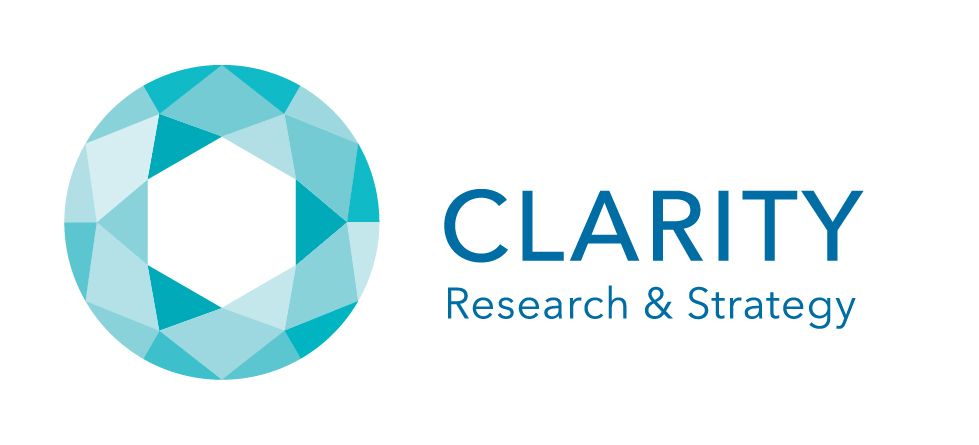You craft a standout campaign, and before long, a competitor has copied it. Frustrating, right? But here’s the twist: the campaigns that are easiest to copy are often the shallowest. When your strategy is built on deep customer understanding rather than surface-level trends, you’re not just running campaigns—you’re creating a competitive moat that’s nearly impossible for others to breach.
This is the essence of turning customer insight into strategic advantage: competitors can copy your tactics, but they can’t replicate your understanding of the people who matter most.
Why Customer Insight Is the Cornerstone of a Competitive Moat
Brands often chase what’s visible—colors, slogans, offers—because those are easy to imitate. But a true competitive moat built on customer insight comes from understanding motivations, fears, desires, and unspoken expectations. This kind of insight is rare, actionable, and inherently difficult for competitors to reproduce.
Consider these realities:
- Surface-level imitation fails: Copying your messaging or promotions doesn’t transfer the trust, relevance, or emotional resonance that comes from research-backed strategy.
- Customer clarity drives loyalty: When a brand truly understands its audience, it can anticipate needs, personalize experiences, and create memorable interactions that competitors struggle to match.
- Strategic advantage scales: Insight-informed decisions ripple across product development, branding, communications, and service design, reinforcing the moat at every touchpoint.
In short, knowing your audience deeply transforms your brand from a copycat target into an industry reference point.
Turning Insights into an Unbreakable Moat
So, how do marketing leaders build this level of clarity and strategic advantage? It’s not about one-off campaigns or quick wins. It’s about weaving customer insight into the DNA of your brand so it becomes a moat—protecting you from imitation while fueling long-term growth.
1. Invest in research that goes beyond data points
Data dashboards are great at telling you what is happening—clicks, views, conversions—but they rarely uncover why people behave the way they do. To understand the real drivers of choice, you need to move beyond surface-level metrics. This means diving into qualitative methods like in-depth interviews, ethnographic studies, and observational research that reveal the human stories behind the numbers.
For example, analytics might show that customers abandon their carts at checkout. But observational research might reveal that frustration with shipping options—not price—is the true culprit. That distinction changes the solution from discounting to improving logistics. When you know not just what’s happening, but why, you gain insights your competitors can’t easily copy because they don’t have access to the same depth of clarity.
2. Translate insight into actionable strategy
Insights in a deck don’t move markets—strategic application does. The key is turning research findings into decisions that shape everything from brand positioning and messaging to product innovation and customer experience. An insight about customer values, for example, shouldn’t just inform your next ad campaign—it should influence how your brand communicates, the partnerships you pursue, and even the way your teams prioritize initiatives.
This translation process creates consistency. Every touchpoint—social media, packaging, retail experience—feels aligned with what matters most to your audience. That kind of alignment is incredibly difficult for competitors to imitate because it’s not just about copying words or visuals—it’s about replicating a deeply ingrained strategic foundation.
3. Embed clarity across teams
A competitive moat becomes strongest when it’s shared across the entire organization. Customer insight isn’t just a marketing advantage—it’s a cultural asset. When teams across functions are aligned around a shared understanding of the customer, the brand delivers a unified, seamless experience.
Think about the difference it makes when your product team, customer service reps, and sales team all operate with the same clear understanding of customer priorities. Instead of fragmented experiences, customers encounter consistency at every interaction. This not only builds trust but also reinforces loyalty—two things that imitation alone can’t buy. Competitors can replicate a campaign, but they can’t easily replicate a culture of clarity.
4. Continuously refine your perspective
Customer behaviors and expectations evolve constantly. What feels like a breakthrough insight today can become outdated tomorrow if you’re not actively refreshing your understanding. Building a moat doesn’t mean creating it once and walking away—it means committing to ongoing refinement.
Regularly updating your insights keeps your strategy forward-looking rather than reactive. This might mean revisiting key research annually, tapping into social listening for real-time shifts, or running pulse surveys to spot emerging needs. The payoff is agility: while competitors are scrambling to catch up to yesterday’s trend, your brand is already anticipating what customers will want next. That adaptability is one of the strongest defenses you can build.
Build a Moat That Competitors Can’t Penetrate
A competitive moat built on customer insight is more than a defense—it’s a growth engine. Brands that understand their audience at a deep level can deliver experiences, messaging, and strategies that feel personal, authentic, and indispensable. Competitors may replicate appearances, but the insights that drive meaningful connection are unique, actionable, and inherently difficult to copy.
CLARITY Research & Strategy acts as an ally to agencies and organizations, uncovering these insights and transforming them into strategies that truly protect and grow your brand. Let us help you build a moat that competitors can’t penetrate—strategies that are not only strong, but strategically unbreakable.
Schedule a Call today and discover how insight-driven clarity can transform your brand. Explore our latest book, “Three Wise Monkeys: How Creating a Culture of Clarity Creates Transformative Success,” to learn how clarity across teams fuels lasting competitive advantage.





